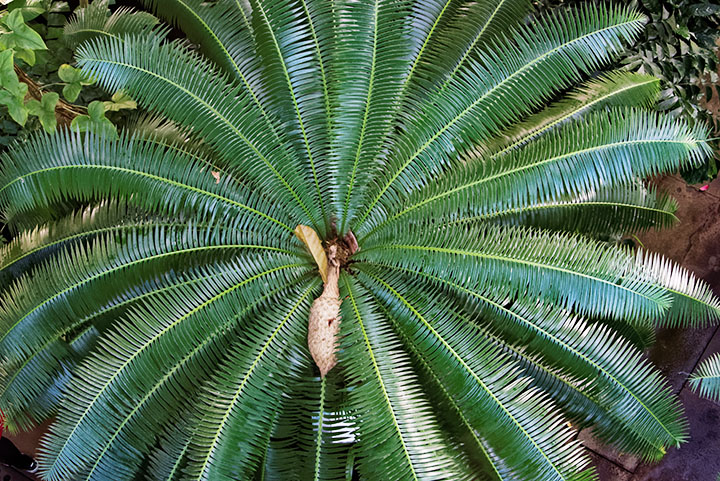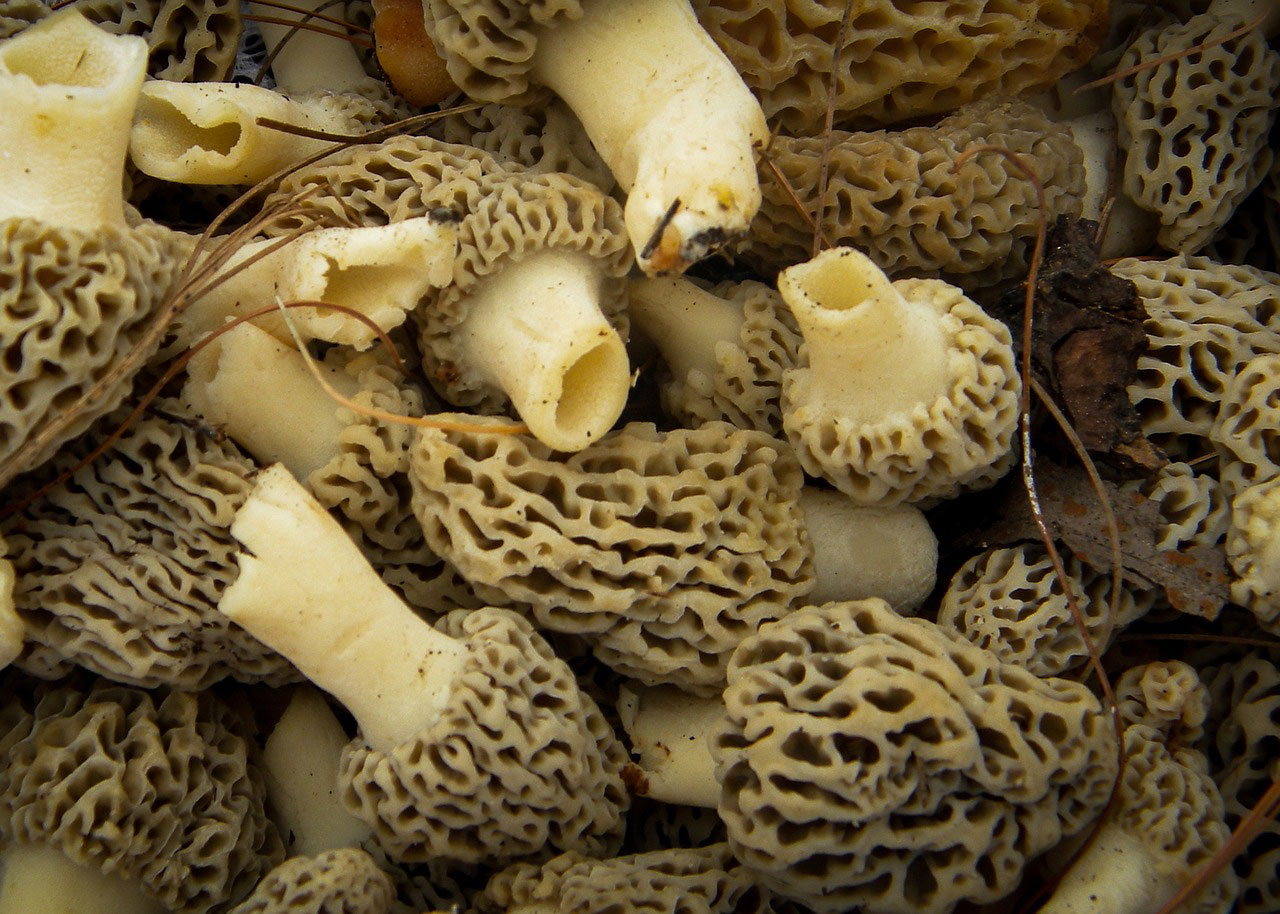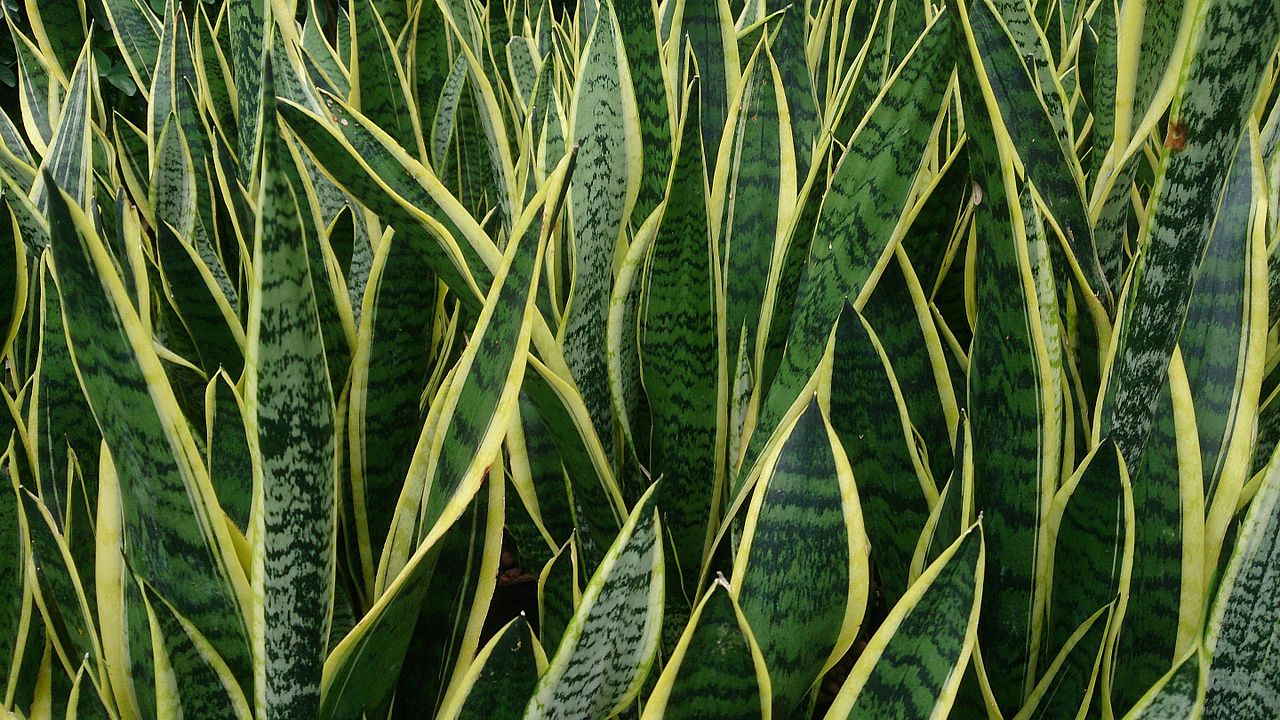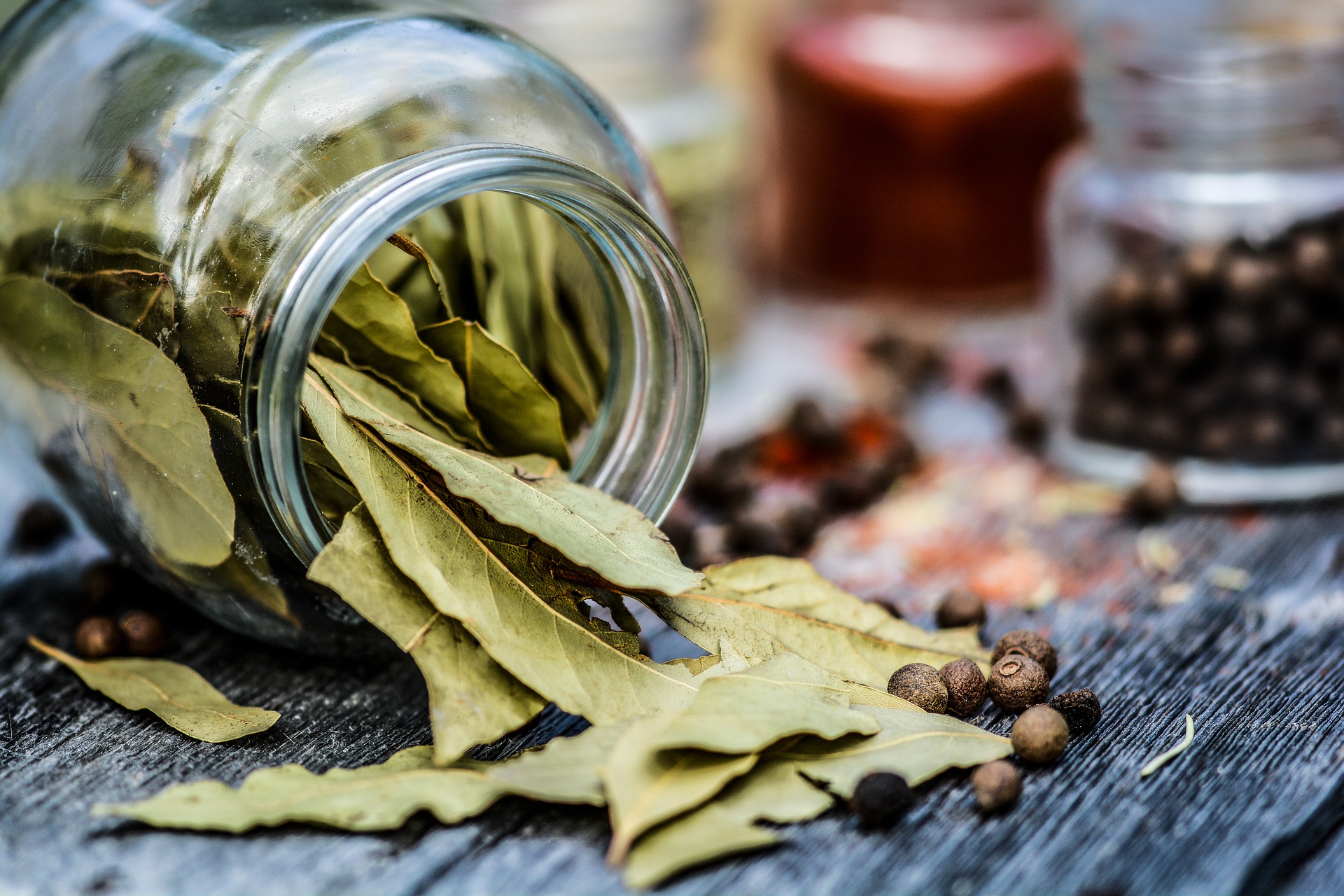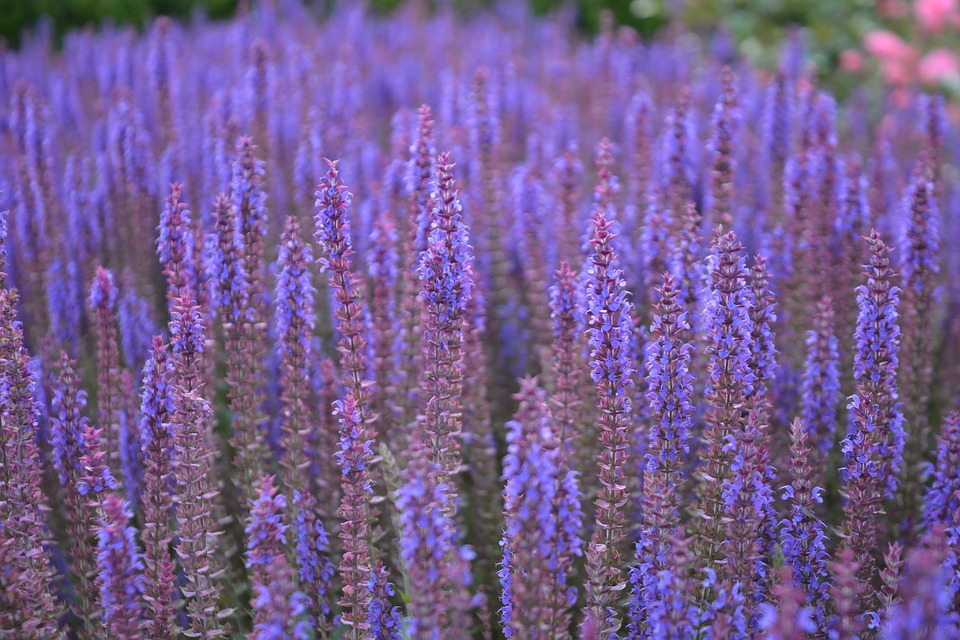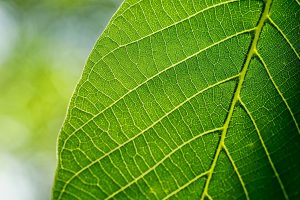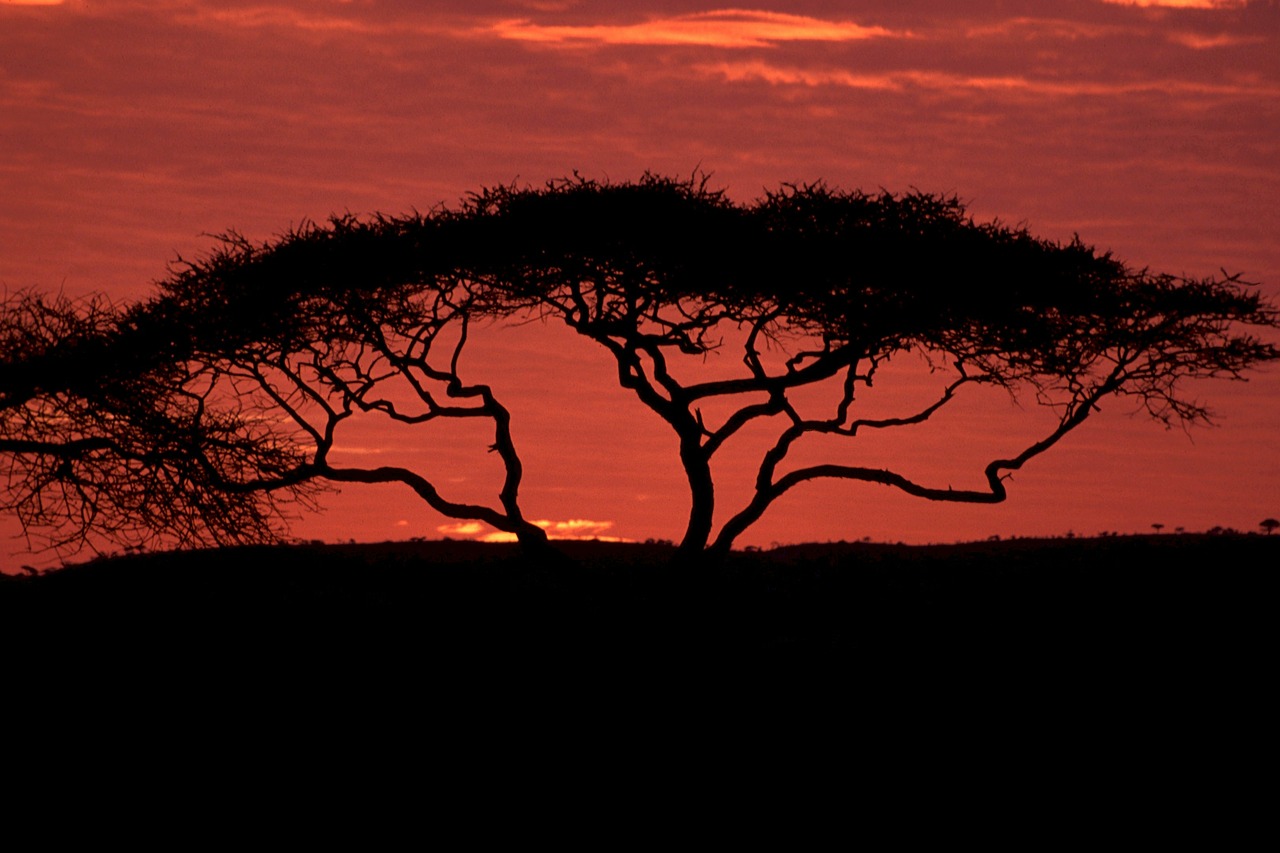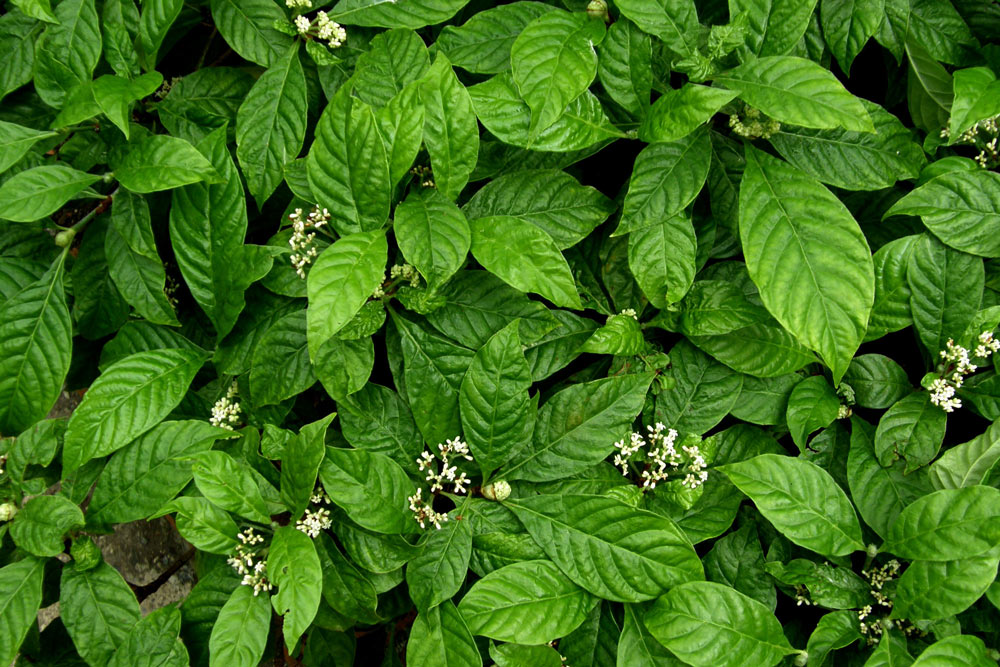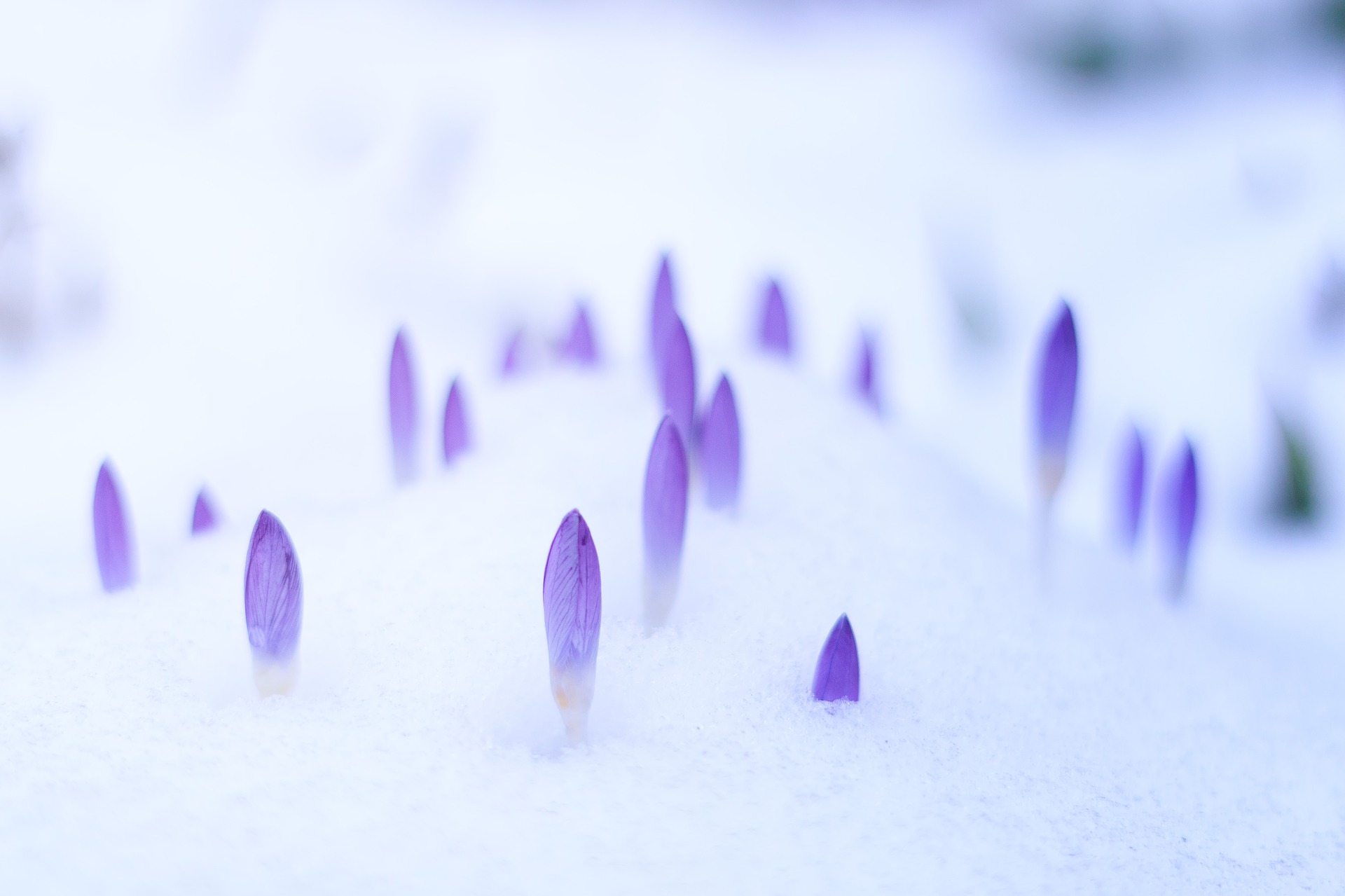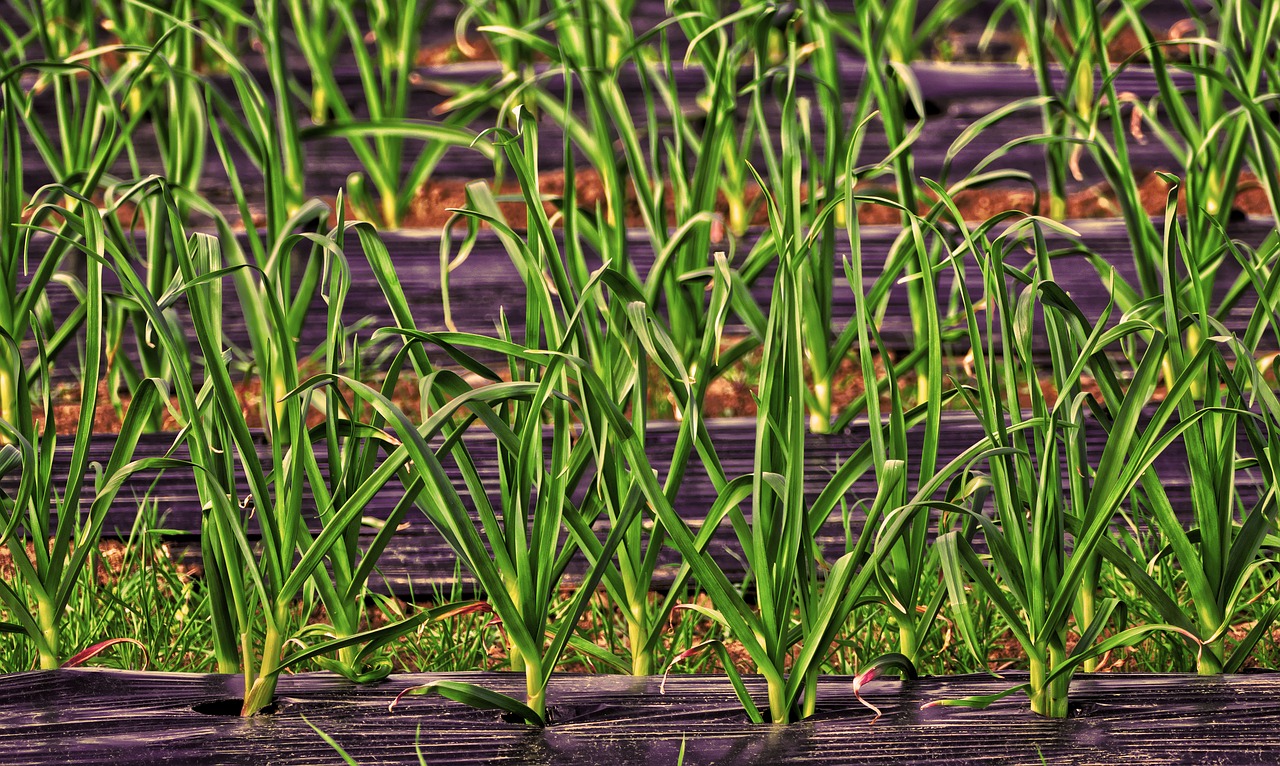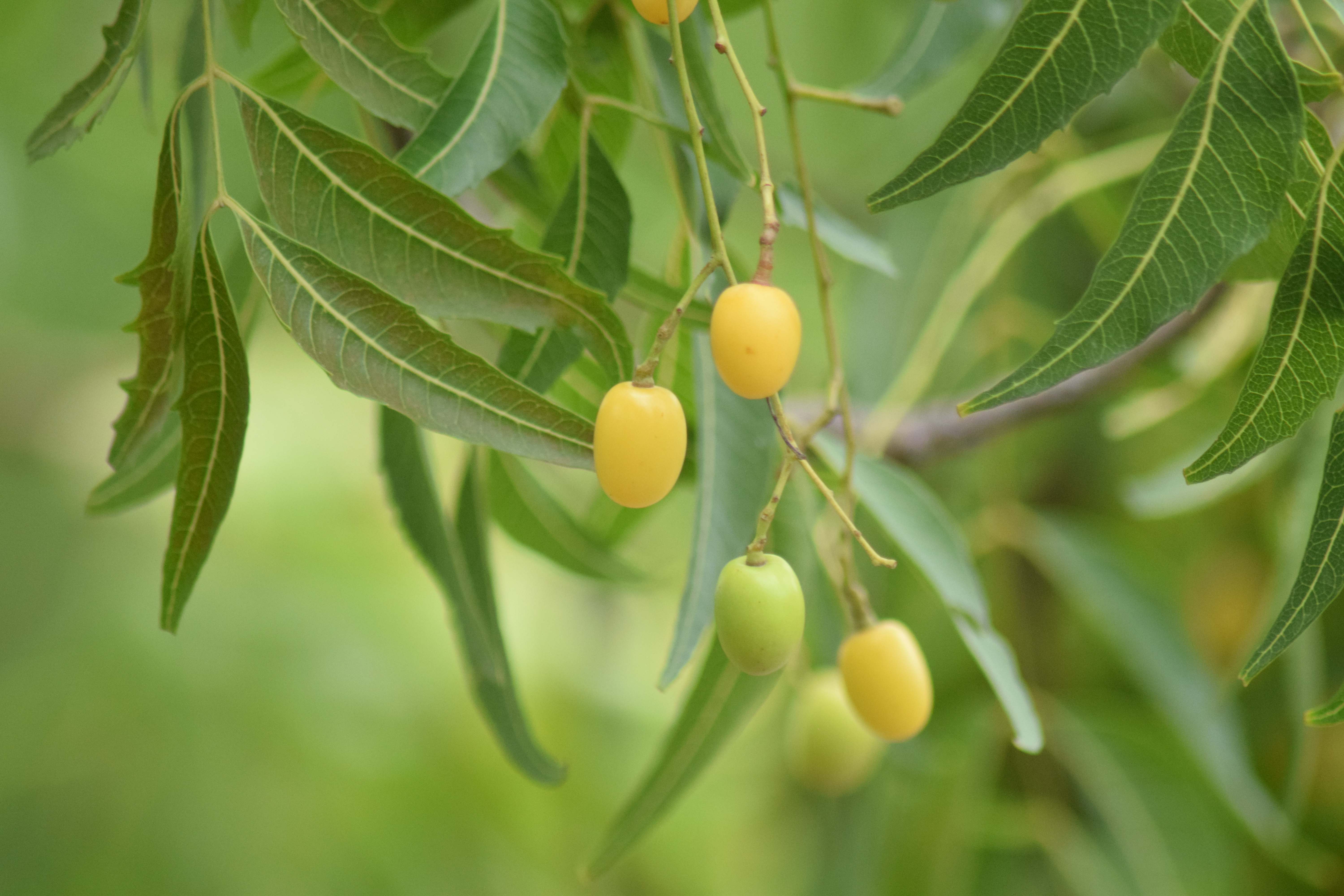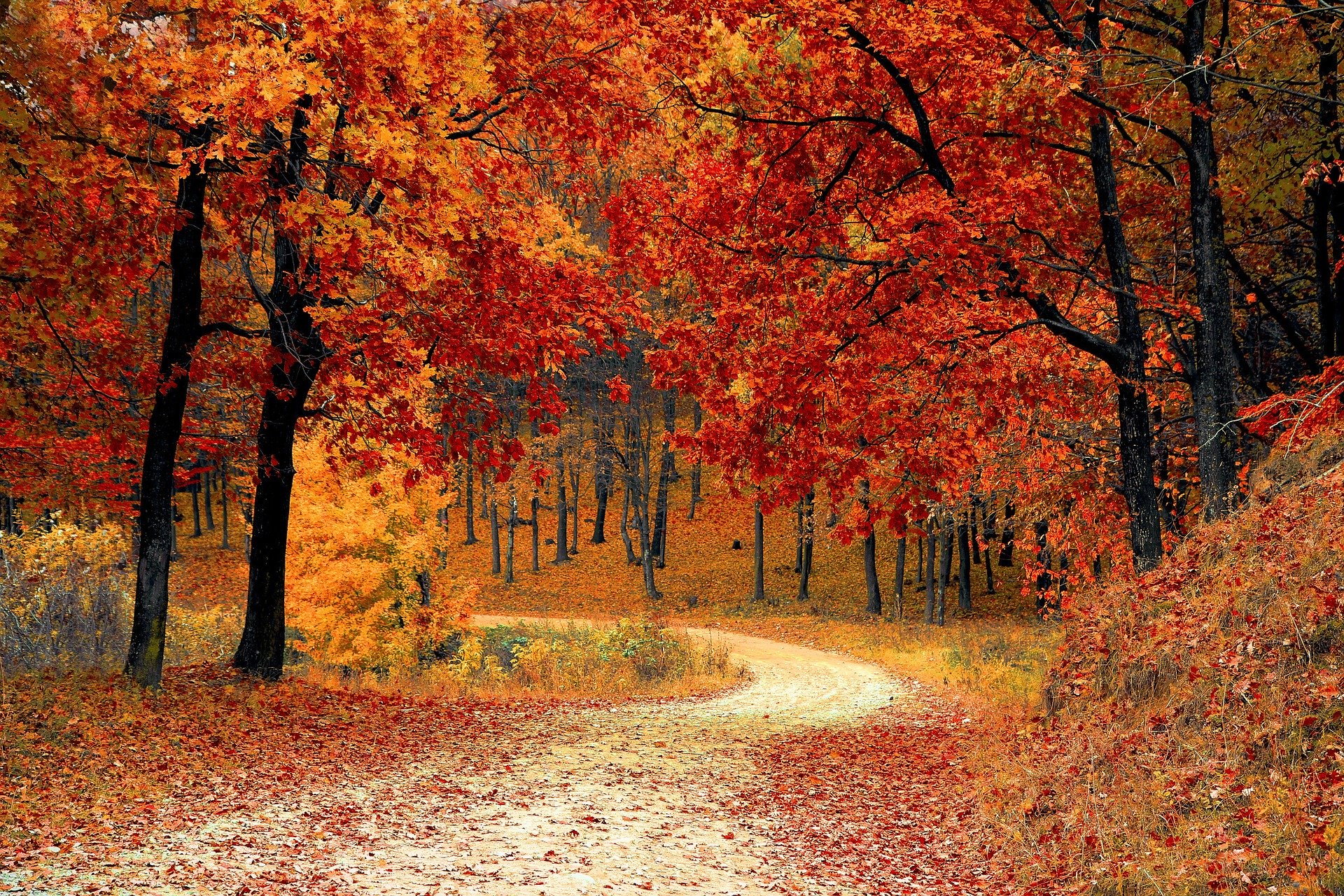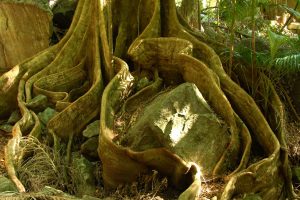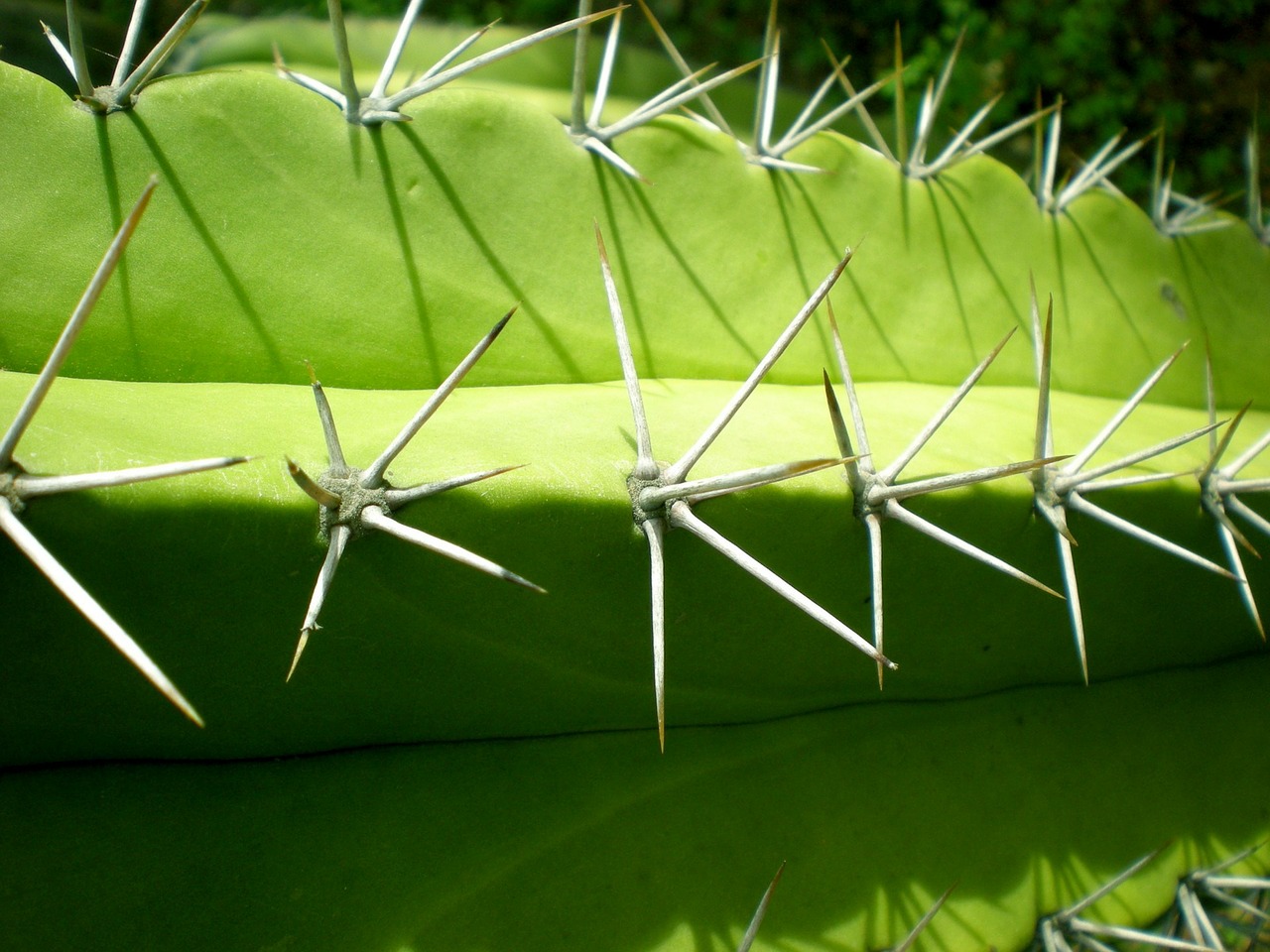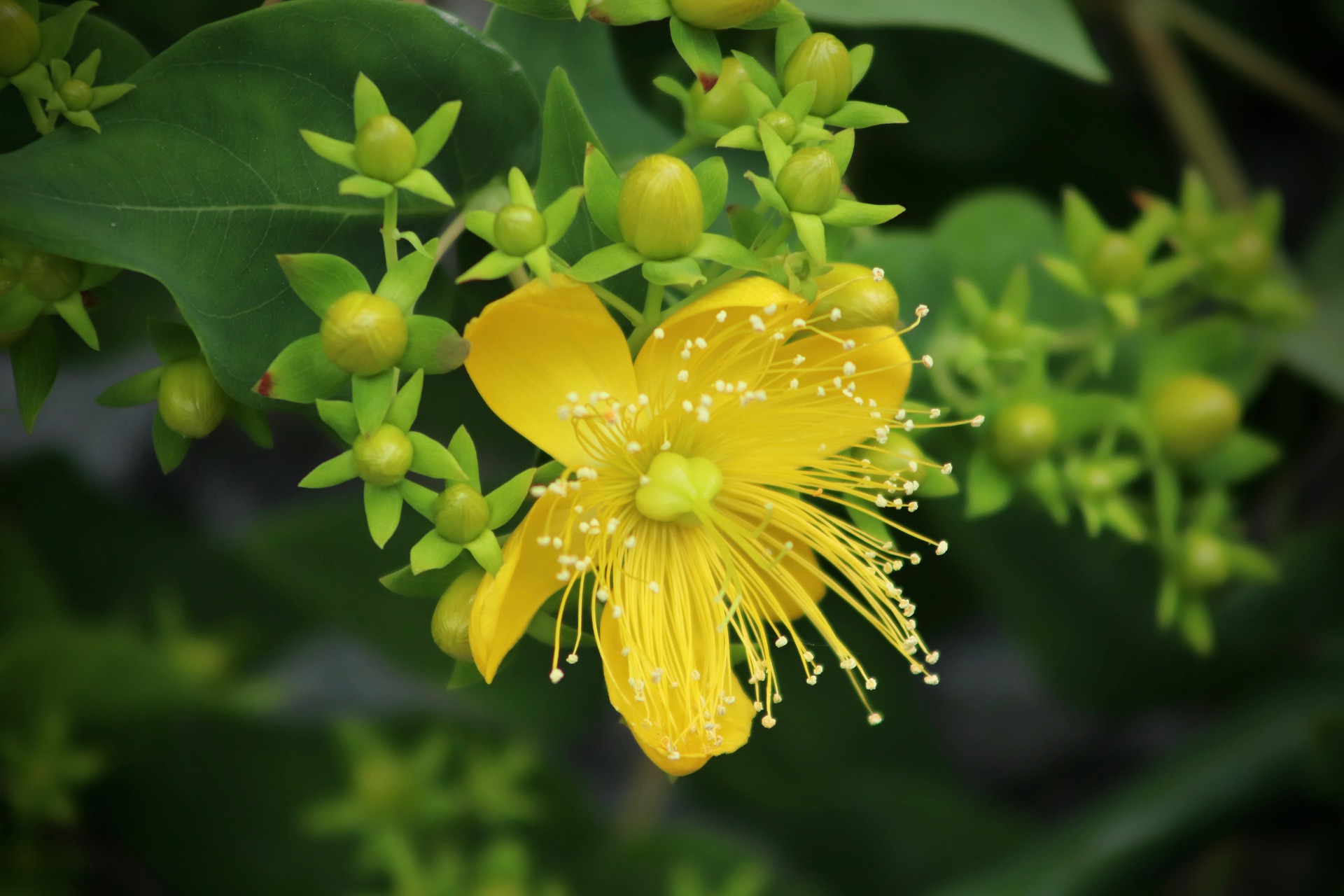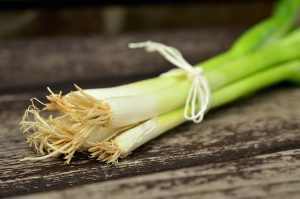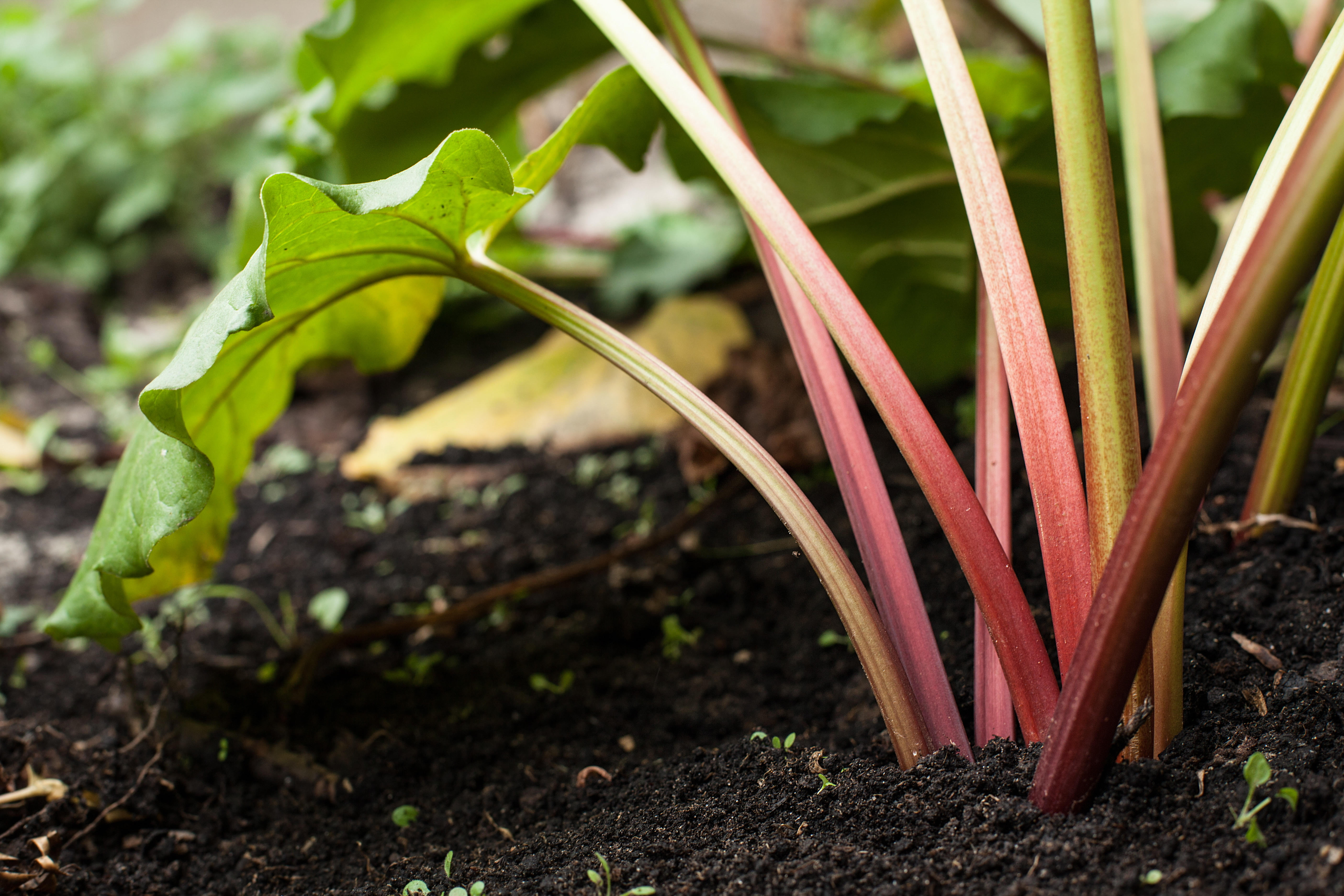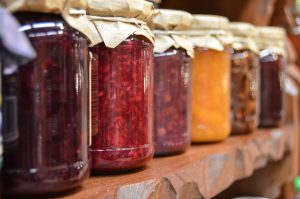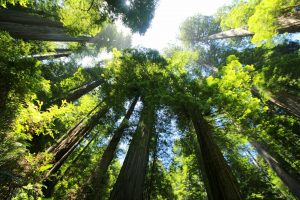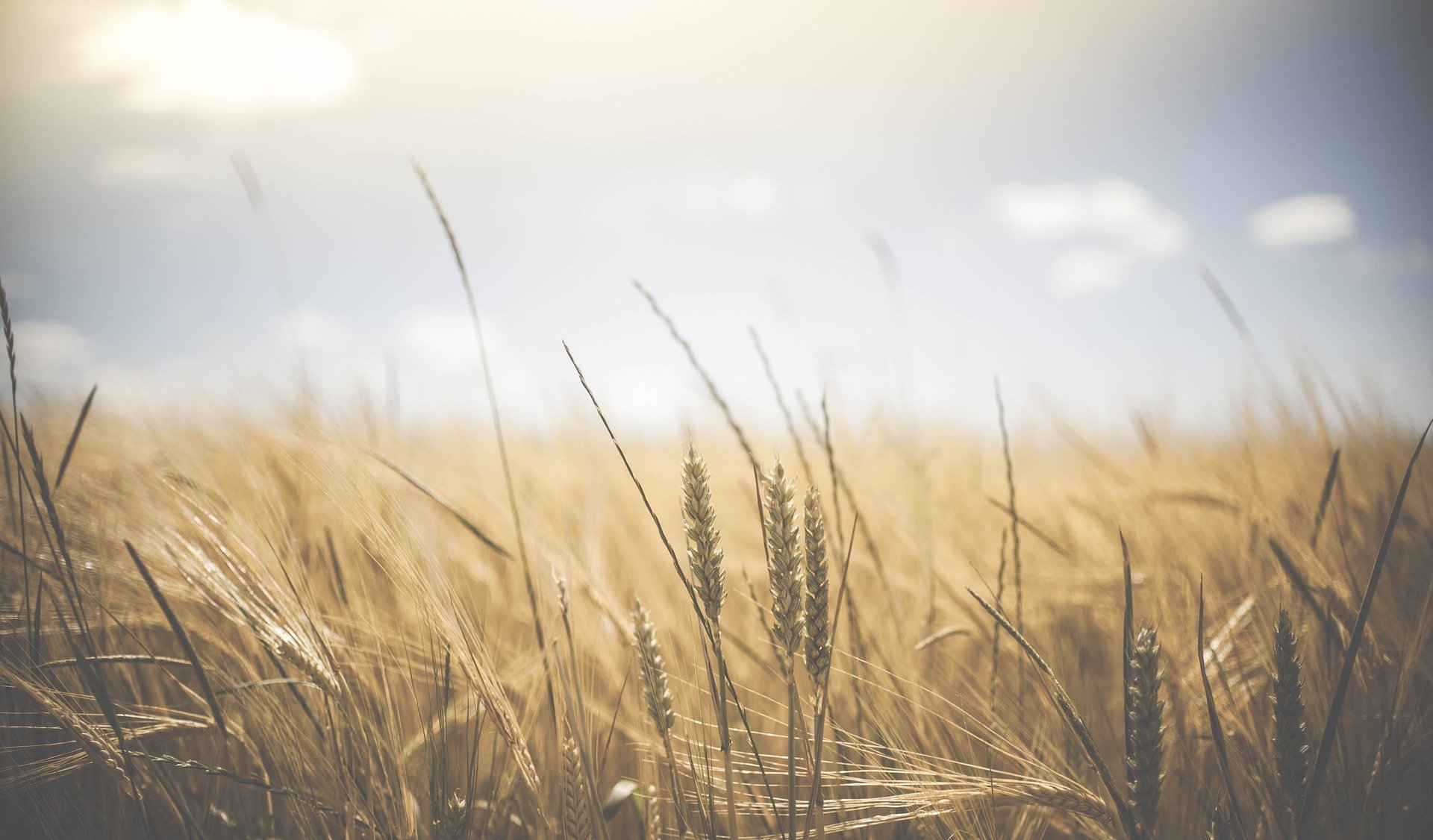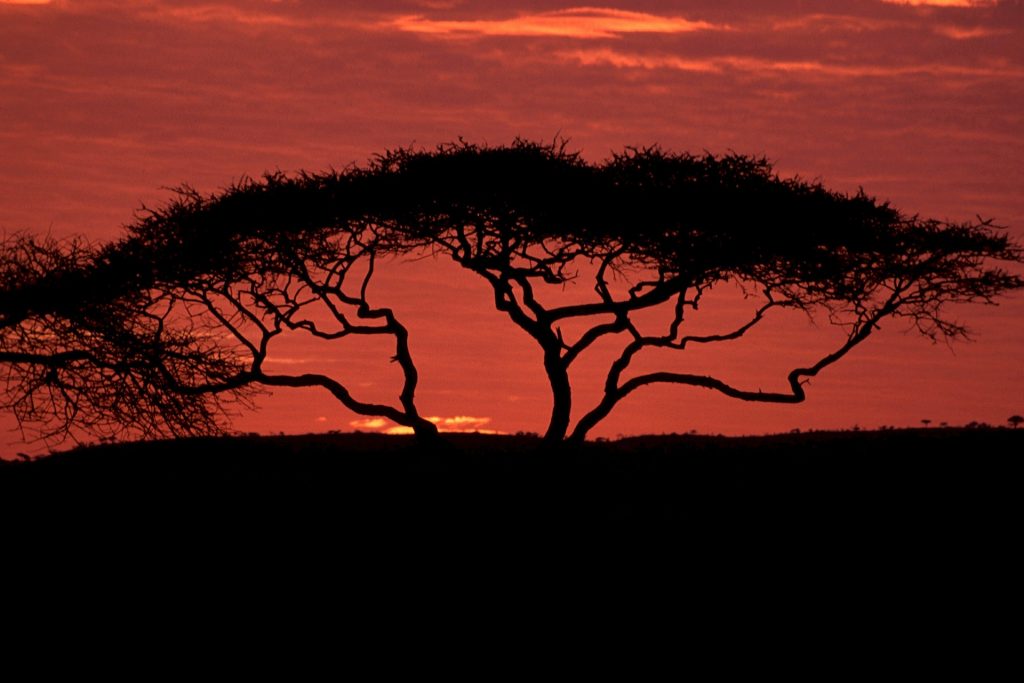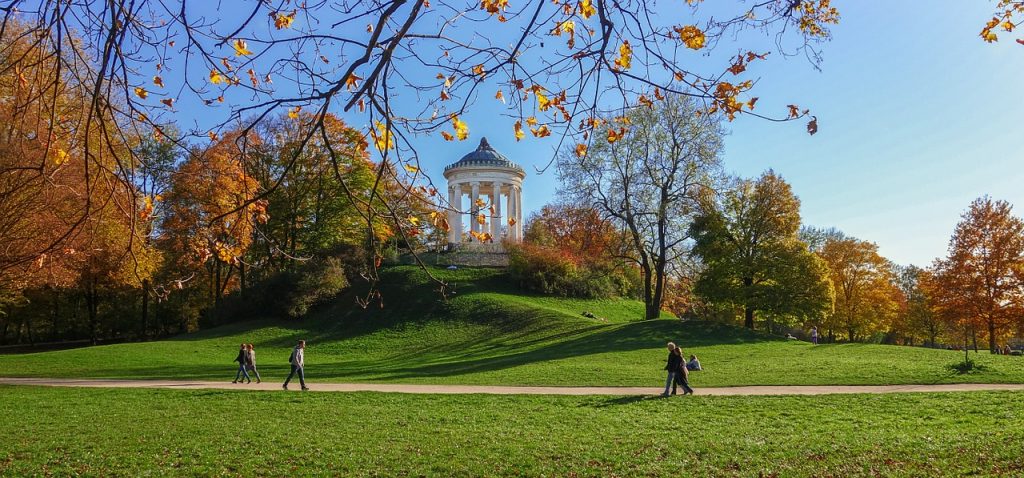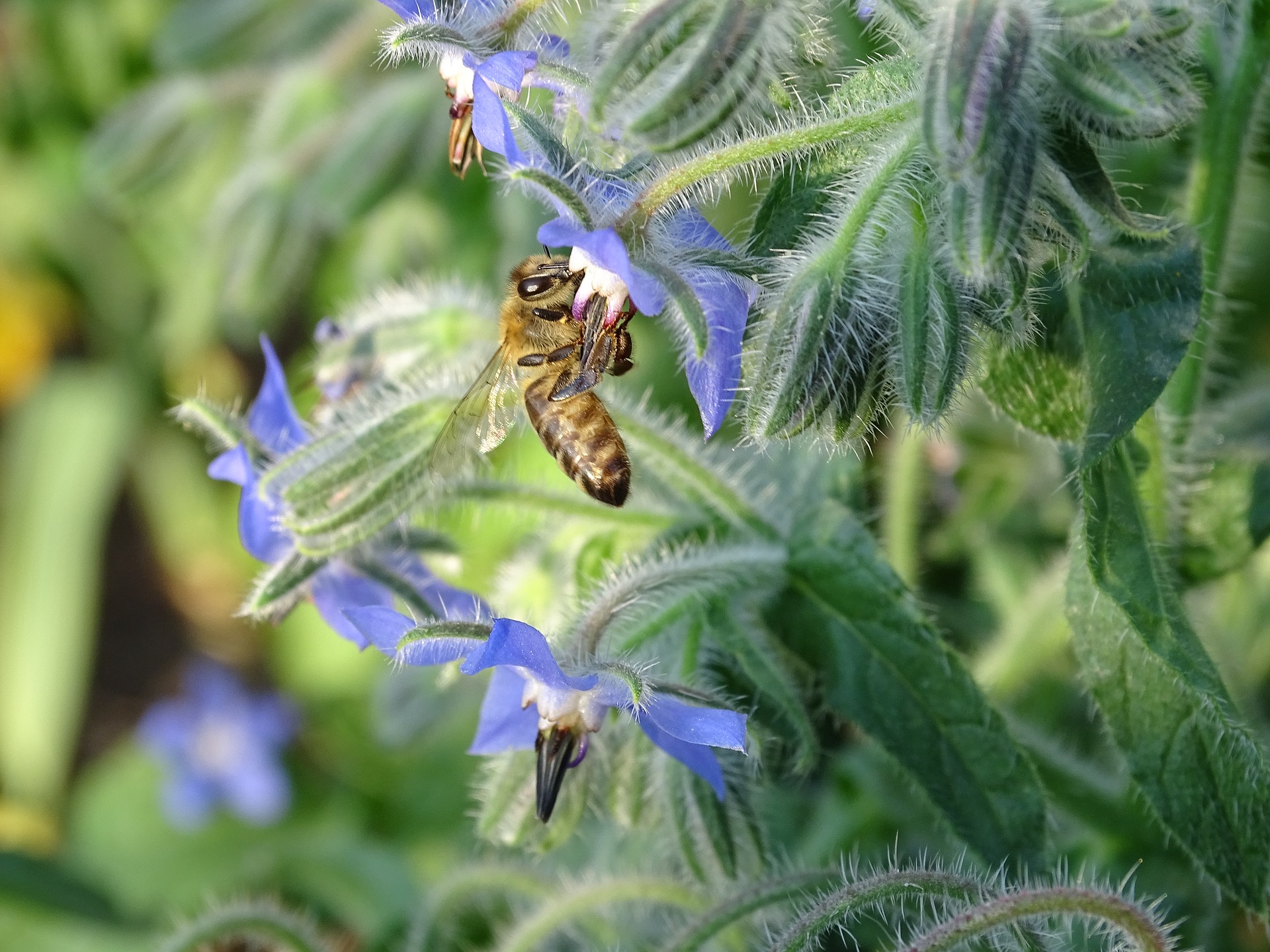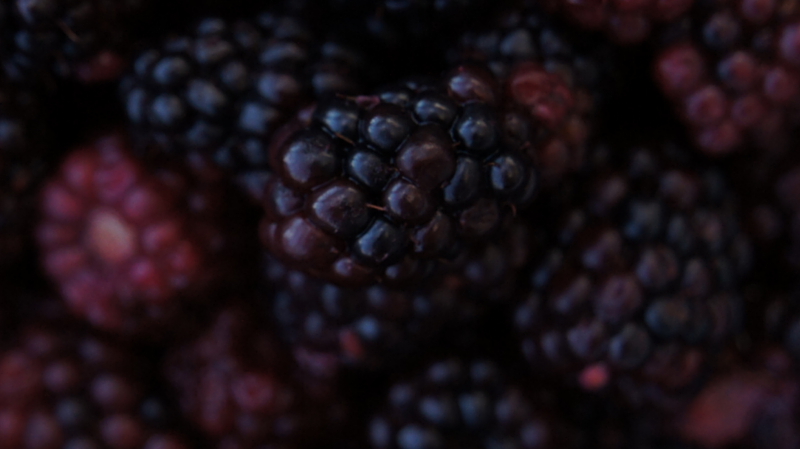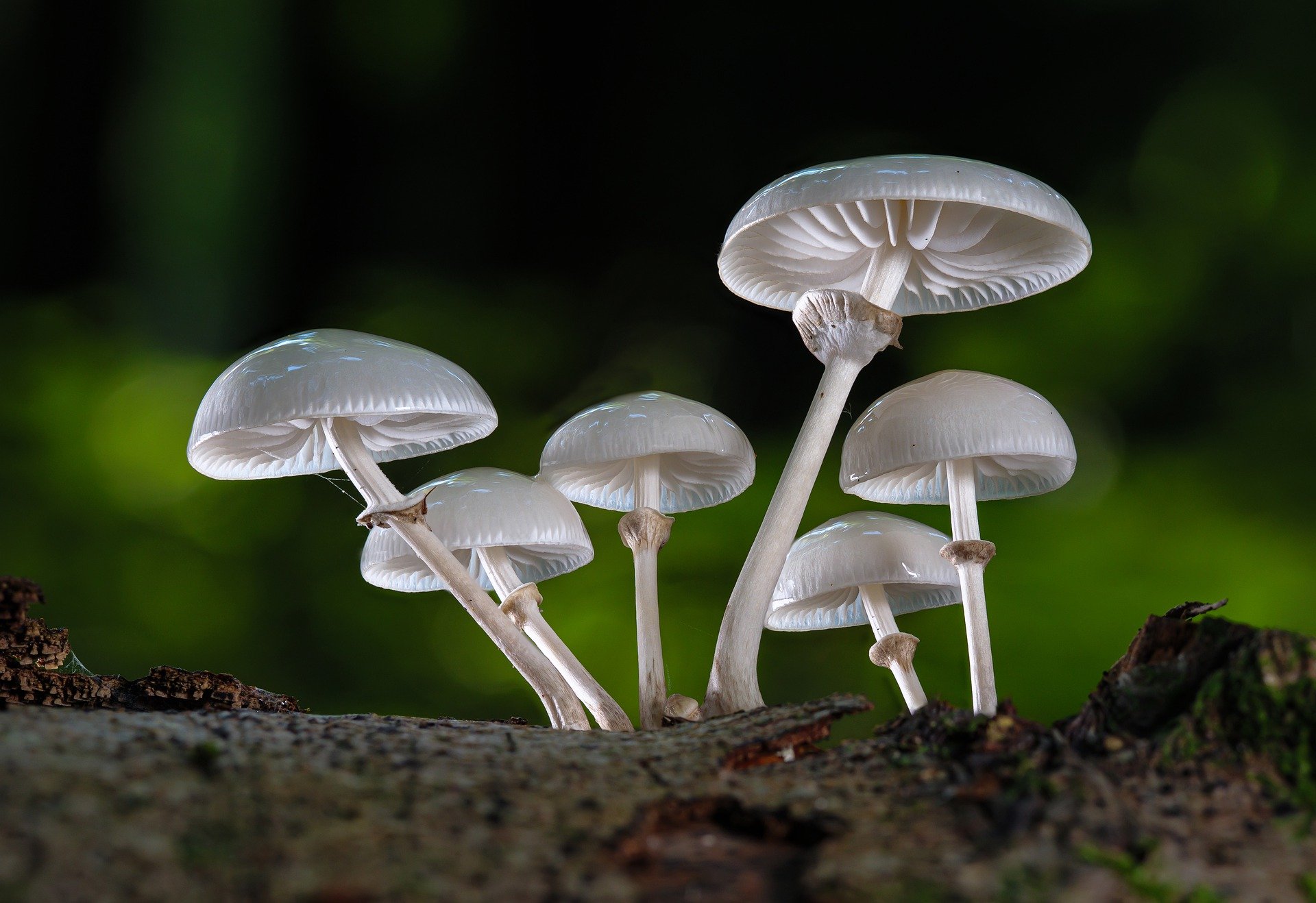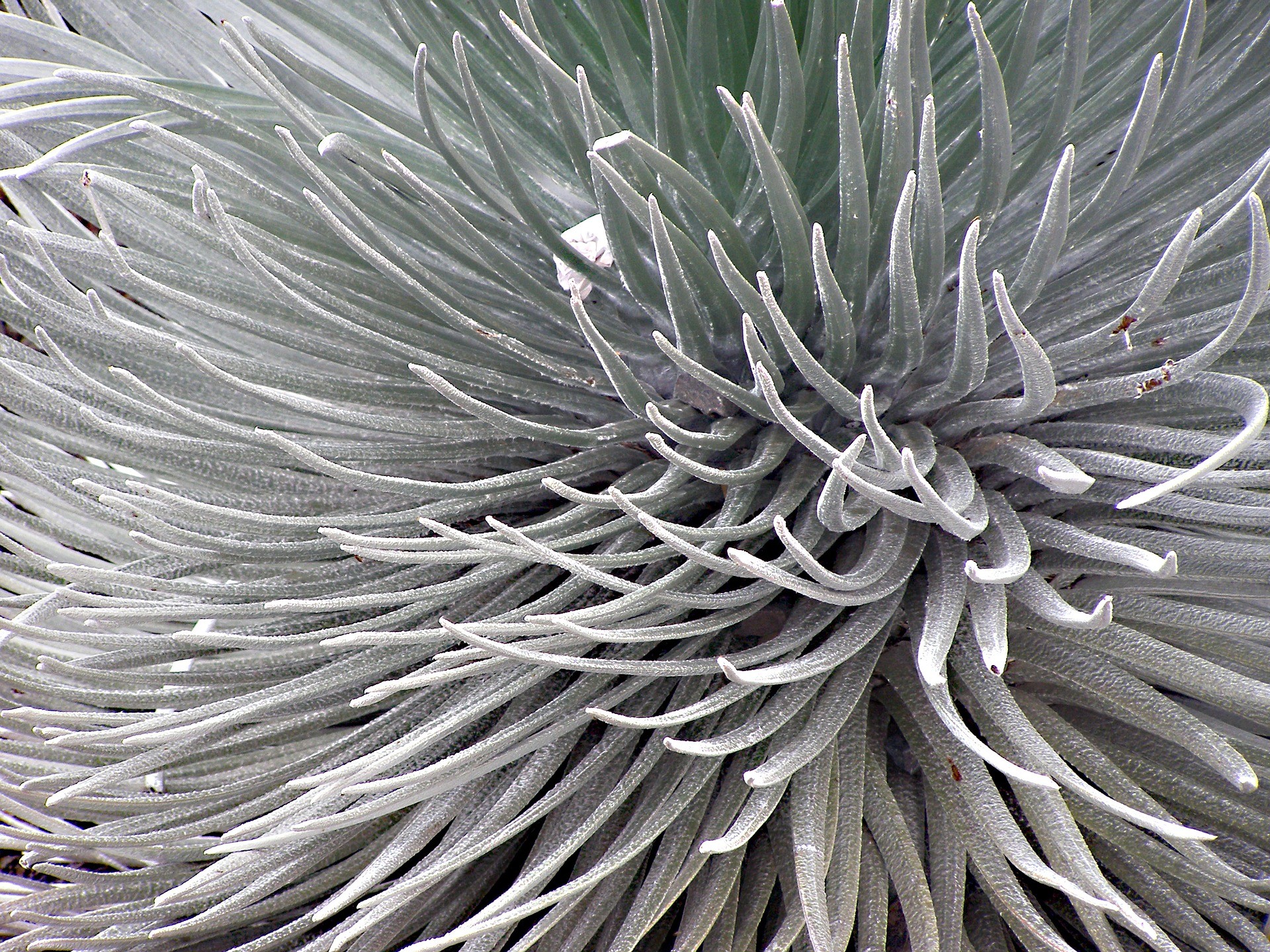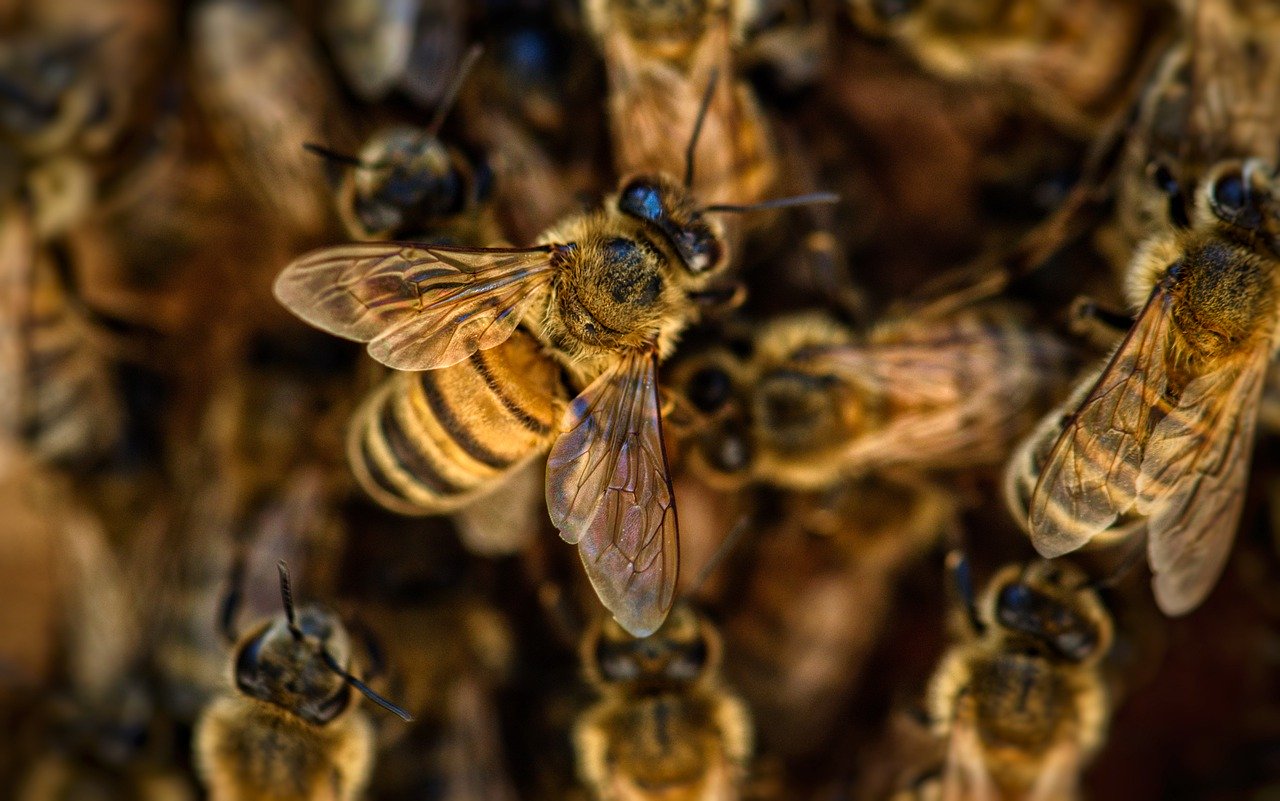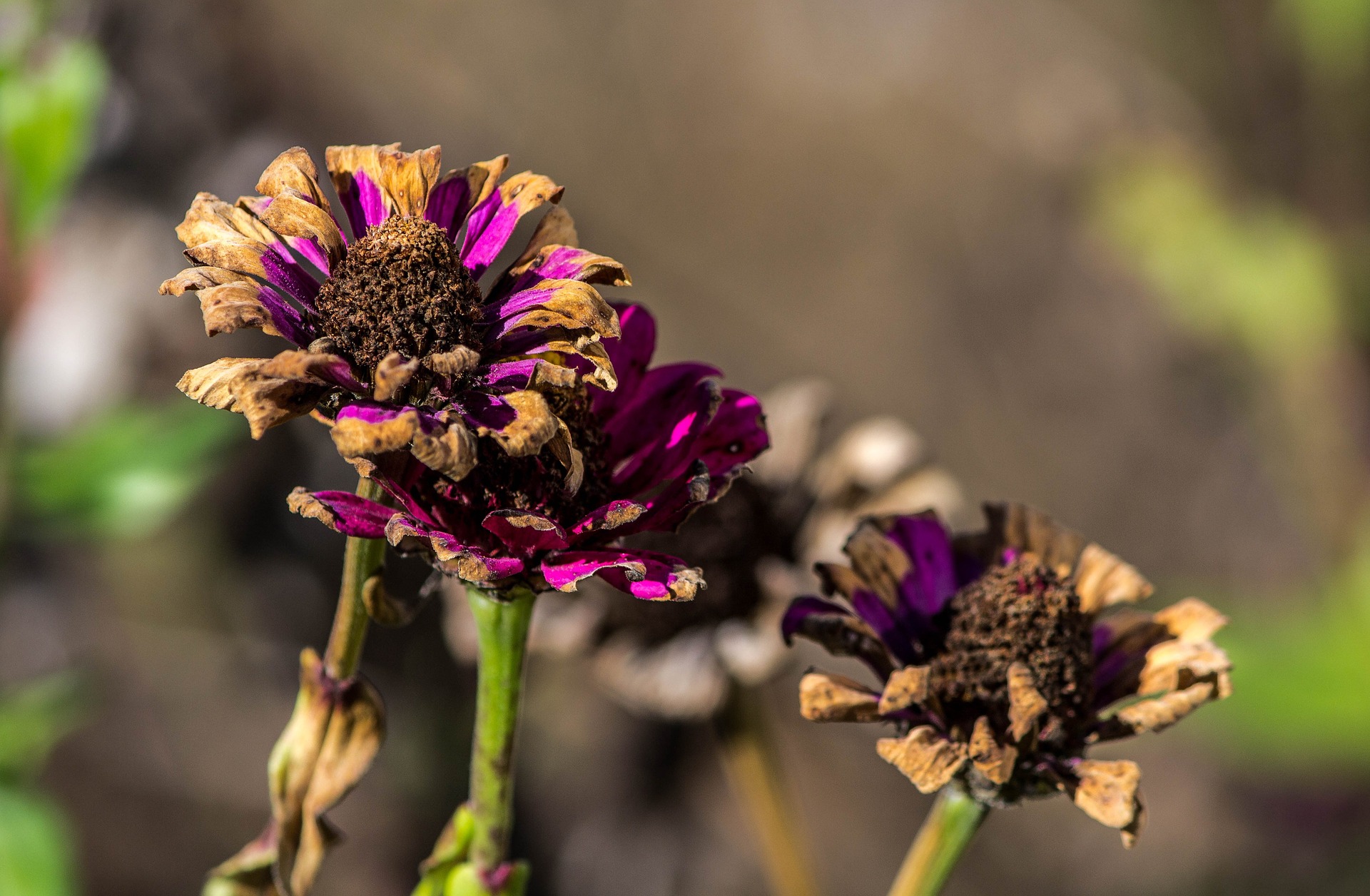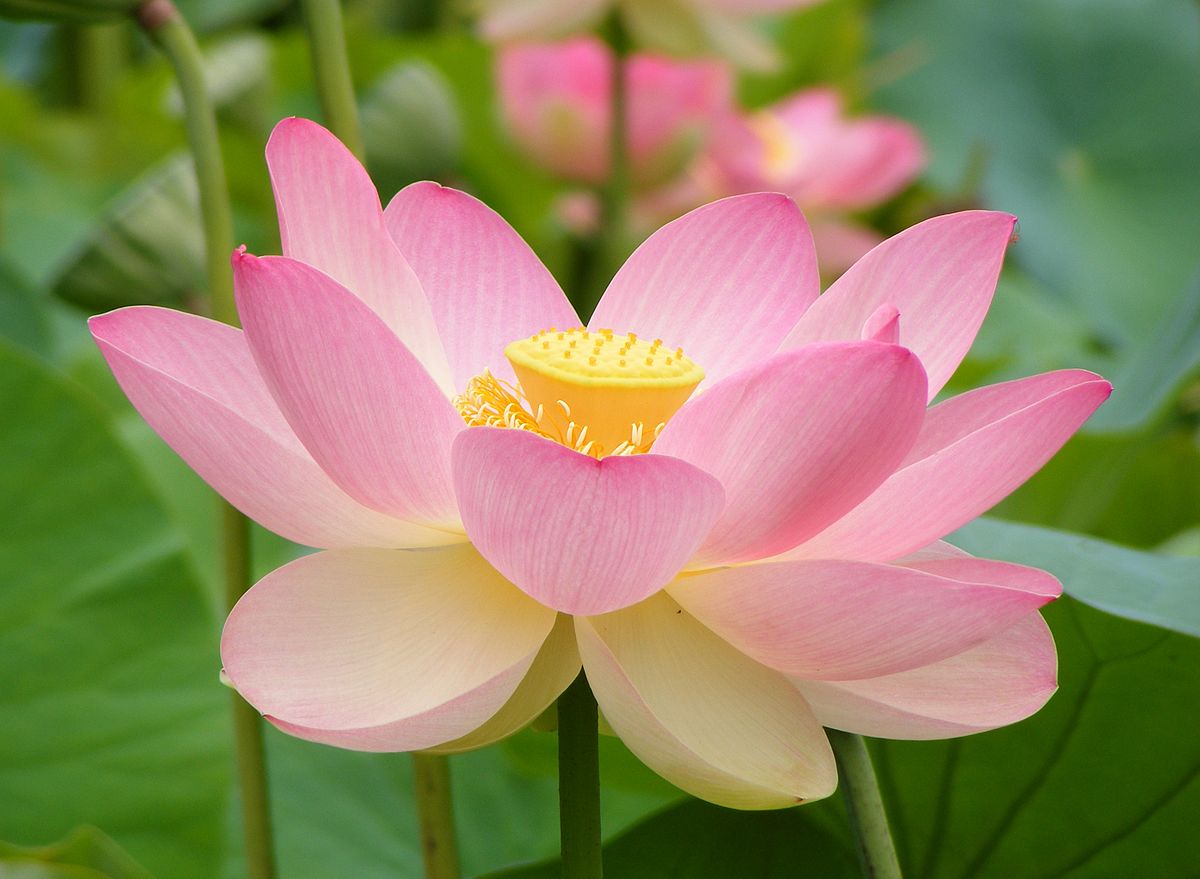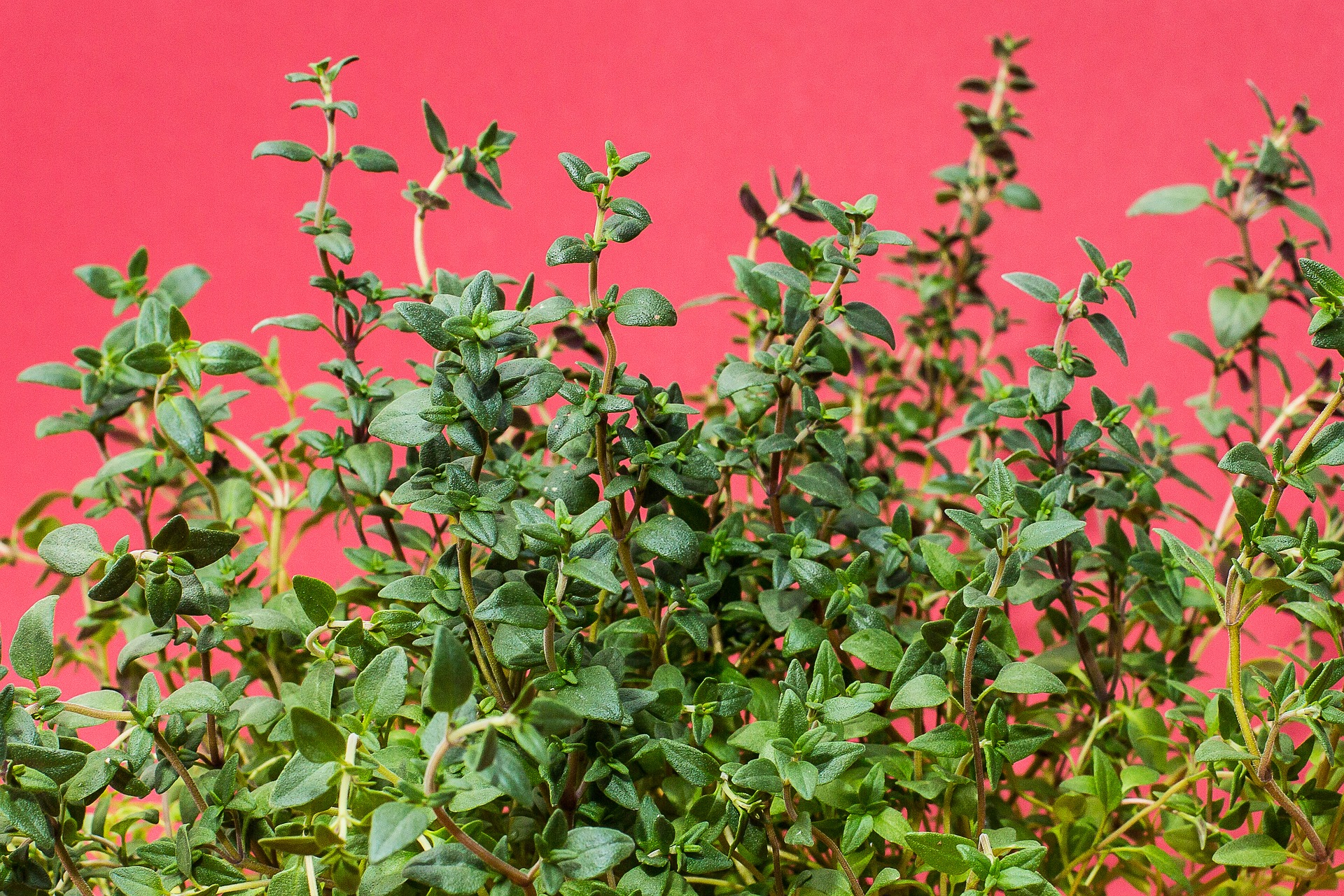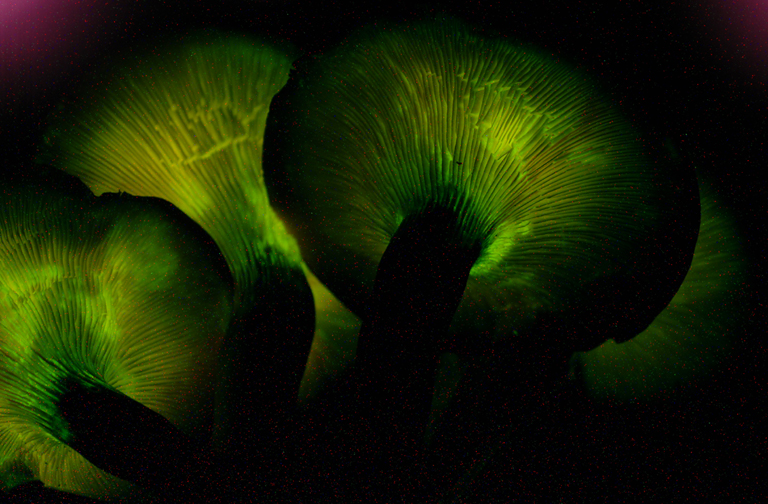Gymnosperms (Seed Producing Plants: Conifers, Cycads, Ginkgo)
Alternative titles: Gynkophyta
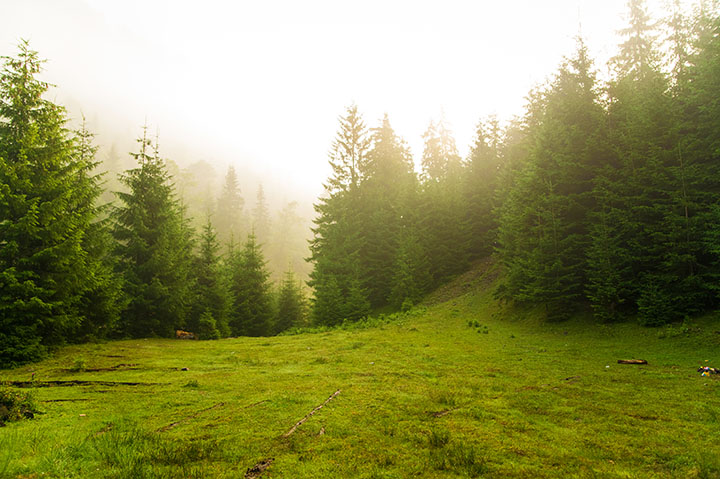
Gymnosperms are a group of plants that produce seeds that are not contained within either the fruit or the ovary of a plant. The seeds of a gymnosperm are open to the air and are directly fertilized by pollination. Another term for gymnosperm, though less frequently used, is acrogymnospermae. It’s a big word for plants you are most likely already familiar with, including conifers, ginkgo, cycads, gnetophytes.
The origin of the term gymnosperm is greek. Gymnos, meaning “naked” and sperma being “seed” connects the etymology of the word directly to its specific style of seed production – unenclosed and exposed for pollination.
The seed of a gymnosperm develops on the surface of leaves or scales and are often modified into cones. The female gametophyte is on exposed bracts of the female cone and is not enclosed in an ovary.
Gymnosperms are different from angiosperms in that the latter produces seeds that are enclosed within an ovule. An easy way to remember the difference is that angiosperms are flowering plants like daisies, cactus, roses, tomatoes, orchids, and mint – all plants that fruit.
While gymnosperms may be less likely to grace your plate than some angiosperms, they are no less important within the ecosystems and food chains they inhabit.

Life Cycle of Gymnosperms
Gymnosperms are a vascular plant, which means that they have a sporophyte-dominant life cycle. Stick with me here: sporophyte is a diploid multicellular generation – in other words, containing two sets of chromosomes. Meiosis occurs in structures called sporangia, producing reproductive spores, which are then released into the air.
In the case of a conifer, which is a monoecious plant, the tree produces both male and female cones. The male cones are pollen cones and give rise to microspores which then produce tiny grains of pollen – also known as male gametes. A pollen tube will eventually be created to carry the sperm cells to penetrate the egg cell. Female ovulate cones give rise to megaspores (also known as the haploid) in a structure called the megasporangium, then producing ovules. When the pollen fertilizes the ovule, it creates a diploid zygote. This creates an embryo, coated in seed tissue. This process of reproductive structures, fertilization, and seed development can take years.
While the science behind this process clicks into place more easily for some of us than others, you’ve probably already seen this occurrence in action if you live in a place where conifers abound: in the spring, large clouds of yellow pollen will travel on the wind, coating cars, windows and the inside of your nostrils with a golden, sporey dust of pollen grains. Cue the allergy medication!

Gymnosperms Through The Ages
Like so many plants, animals, and fungi, the evolutionary record is peppered with species that did not survive to our current era. Gymnosperms are much the same. The Pteridospermales and Cordiatales phyla are now extinct. While they first appeared on earth in the Palaeozoic era, and expanded during the Mesozoic era, they became extinct in the Jurassic era, with many other creatures and plants.
With us still today are living gymnosperms such as Coniferophyta, Cycadophyta, Ginkgo biloba, Gnetophytes, and Welwitschia mirabilis, which are detailed below:
Conifers (Coniferophyta)
Conifers are a land plant: perennial, woody, and cone-bearing. Conifer is the common name, but if we want to be official about their moniker, we can use Pinophyta, Coniferophyta, or Coniferae. Most often, conifers are trees – though some species and varieties fall into the category of shrub.
While conifers are a smaller group of species than others, they are a hugely important division of plants as they often grow over large landmasses. While the rainforest displays more biodiversity, boreal conifer forests maintain the planet’s largest carbon sink.
This makes the protection of boreal conifer forests all the more critical. Areas such as the Taiga in the northern hemisphere are under constant threat of harvest and development. Conifers are economically valued for their soft lumber and the production of paper. Indigenous communities continue to fight for these precious and powerful ecosystems.
While most people know that the northern hemisphere is home to wide stretches of conifer forests, there are conifers in the southern hemisphere as well, where the climate is similarly cool.
Types of Conifers, Healing Properties, Historical Significance
Spruce
A member of the pine family, spruces are often tall evergreen trees with whorled branches, with seed cones that hang down and fall to the ground intact. Their cone structure is the easiest way to distinguish them from other members of the pine family. Spruce needles are attached individually, another distinguishing factor. Popular species include Colorado blue spruce, Norway spruce, and oriental spruce. It is also a healing tree, containing antimicrobial and antiseptic properties. Spruce can help with abrasions, cuts, and acne. Making tea from dried spruce tips can aid in lung congestion, pneumonia, and whooping cough.

Hemlock
Hemlock, or the Tsuga family, includes 8-10 species depending on who you ask. Its common name is in reference to the similar smells between the tree’s crushed leaves and poison hemlock – though the two plants are not related. Tsuga is not poisonous. These trees can grow 50 – 200 feet tall and different species are native to North America and East Asia. The bark is scaly and the branches are arranged in flattened sprays.

Cedar
Much of human history is marked with love and respect for cedar trees. Cedars are revered for their “grandmother” properties – long-lived, pest and disease-resistant, and able to provide support for innumerable ailments and health concerns. However, this is a lot of common misunderstanding as to true cedars, which only include 4 species: Cedrus libani, Cedrus atlantica, Cedrus brevifolia, and Cedrus deodara. All are native to the mountainous regions of the Western Himalayas and the Mediterranean. These trees, Cedrus libani in particular, are threatened species.
To identify a true cedar, look for needles in dense, spiral clusters. The needles are waxy. Its cones are the true give-away: they grow upright and are barrel-shaped.
The trees of North America, commonly called cedars, are actually of the cypress family, which we will touch on later.
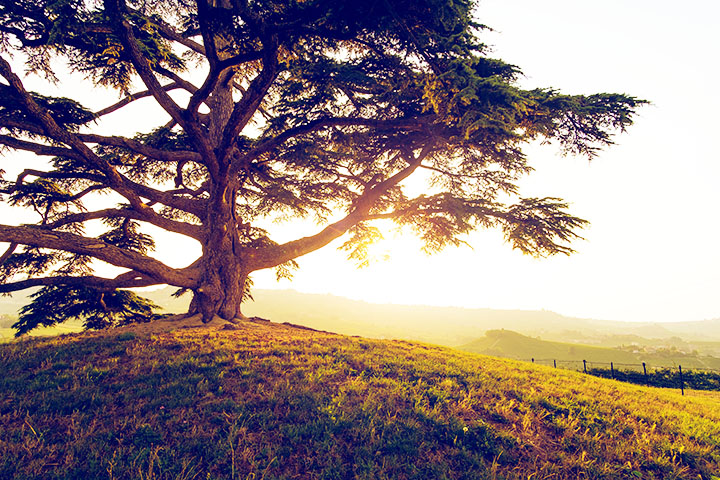
Yew
Yew, or Taxus baccata, is an evergreen tree native to Europe, Northwest Africa, Iran, and Southwest Asia. This tree is poisonous. Munching on the leaves can result in death. It is a smaller tree, often grown today as an ornamental, but it can live for up to 600 years. The bark is thin and scaly brown. The seed cones contain a single seed and are surrounded by a fleshy scale that looks like a red berry. This berry-like structure is called an aril.

Sequoia
The giant sequoia, or Sequoiadendron giganteum, is the world’s most massive tree. The largest sequoia forest covers 48,000 acres – the size of Cleveland, Ohio. The oldest known fossil dates back to 200 million years ago when these trees populated North America. Some trees living today are 3,000 years old. They grow quickly and require a lot of water. Their bark is thick and rich in tannins, which protects them from fire and insects. However, they need well-draining soil. Walking around the roots of a giant sequoia can cause considerable damage, so be kind – keep your distance. Sequoias are home to at least six different types of bats, which live in the basal hollows of the tree.

Redwood
California redwoods, or Sequoia sempervirens, are the tallest tree in the world and are distinguished from the Sequoiadendron giganteum primarily through their habitat. While sequoias live in subalpine regions, redwoods grow near the coast. These towering giants have a conical crown with scale-like leaves that are long and flat. Their common name derives from the gorgeous hue of their bark, as you can probably infer.

Cypress
The cypress tree is the common name of a coniferous tree belonging to the Cupressaceae family. Native to North America and often referred to as a cedar, these deciduous trees have a straight trunk that tapers at the base. Their needles are short and have a feathery-quality to their appearance. They grow well in areas with lots of water. This tree has antimicrobial and antibacterial properties. Its smell is fresh and resinous.

Fir
Firs, or abies, is a genus of 48-56 species within the Pinaceae family. True firs are native to North and Central America, Asia, Europe, and Northern Africa. Douglas fir, hemlock fir, and join fir are not actually true firs, as their common names might lead you to believe. Firs are cultivated for lumber and as ornamentals – both in landscaping and as Christmas trees. Their needle-like leaves grow directly out of the branch. The needle’s bases look like little suction cups. In North America, they are predominantly found in the Rockies and west from that range. The balsam fir is renowned for its strong smell, which many people find to be a comforting scent.

Juniper
Coniferous trees and shrubs, junipers or Juniperus are also of the Cupressaceae family, like cypress trees. There are between 60-70 species of this aromatic evergreen.
Junipers grow throughout the northern hemisphere and are cultivated as ornamentals and for their timber. Its leaves look like needles and grow in whorls in arrangements of two or three. Its bluish cones look a lot like berries and are often referred to as such in herbal medicine. The cones are often used to flavor foods and beverages, most famously, gin.

Pine
Pine trees, and members of the Pinus genus, are one of the best-known plants in the world due to their distinct features. There are more than 120 species of pines on our planet – a diverse and expansive genus of plants that we will have to dig into on another day. These evergreen woody perennials are almost exclusively found in the northern hemisphere and can be most easily distinguished from each other by counting the number of needles in the bundles that grow from their branches. For example, white pine has needle bundles of 5. A red pine (also known as a Norwegian pine) will have two.

Larch
The European larch, or Larix decidua, is a medium-to-large sized deciduous coniferous tree that reaches up to 135 ft tall. Its crown is conic but will flatten with age. Its leaves are needle-like and light green in color, but turn bright yellow before they fall from the branches in autumn. The wood is tough and durable and used for boat building.

Cycads (Cycadophyta)
Cycads are an ancient group of gymnosperms.
During the Jurassic period, they grew all over the world, so much so that the Jurassic period is sometimes called “the age of the cycads”. While their variety and distribution are less prominent today, cycads are now a minor component of tropical and subtropical regions to this day.
Tropical and subtropical ecosystems are under duress due to human impact – this includes the ancient species of cycads that have traveled through the ages of our planet’s history. Some species such as Microcycus in Cuba, face extinction today. simultaneously, the large attractive leaves of some species such as the Sage Palm, are increasing in popularity in gardens around the world. Often, different varieties are referred to as palms, but they are not related.
Cycads are really slow growers. Their seeds are produced on open leaves or carpophylls. They are woody plants, though they have a pachycaul stem – which is to say that their stem size is disproportionately thick, with few branches.
Popular varieties that you may come across include Sago palms, Macrozamia polymorpha, Australian Nut Palm, Ceratozamia, and Fern Palm.
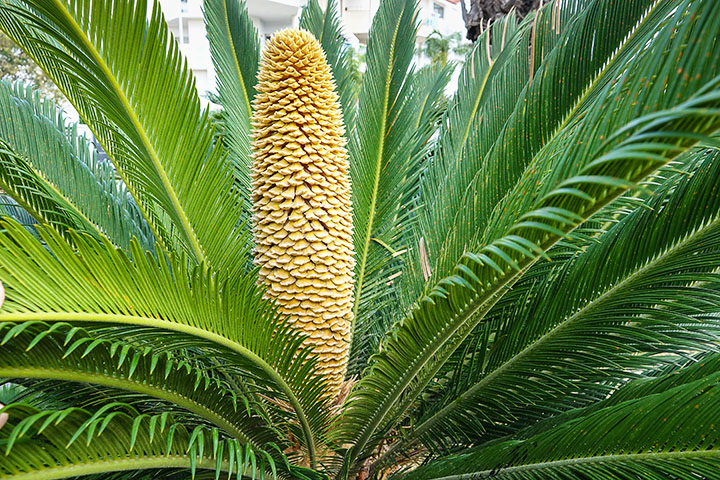
Ginkgo biloba
While all gymnosperms are distinct, Ginkgo biloba is in a genus of its own. Also known as maidenhair (not to be mistaken with the fern of the same name), this plant is native to China. It has been revered and cultivated for generations due to its healing properties.
It wasn’t always a lonely species member, however. It is actually the only remaining survivor of an ancient group of plants, Ginkgophyta, the rest of which are now extinct. Because of this, some people refer to ginkgo as a living fossil. Some specimens can reach over 150 feet tall. It is a dioecious plant, producing pollen and seeds on separate trees.
Ginkgo’s leaves are distinct – shaped like a woman’s fan, two-lobed, and are bright green. It contains powerful antioxidants and can help reduce inflammation, which can be helpful with arthritis, IBD, stroke, and heart disease.

Gnetophytes or Gnetophyta
Gnetophytes are a group of seed plants with a vascular system that make up the phylum Gnetophyta. There are only three genera: Ephedra, Gnetum, and Welwitschia. They all belong to separate families, but a single order. They are the only gymnosperm where vessel elements occur and they share a number of features with flowering plants, or angiosperms. There is still a lot to be discovered about these evolutionary relationships.
There are about 90 species – some of which are found in the moist environments of the rainforest. Others make their home in arid desert-scapes. Like other gymnosperms, they bear their seeds in cones. Something that sets gnetophytes apart from their fellow gymnosperms is their double fertilization process.
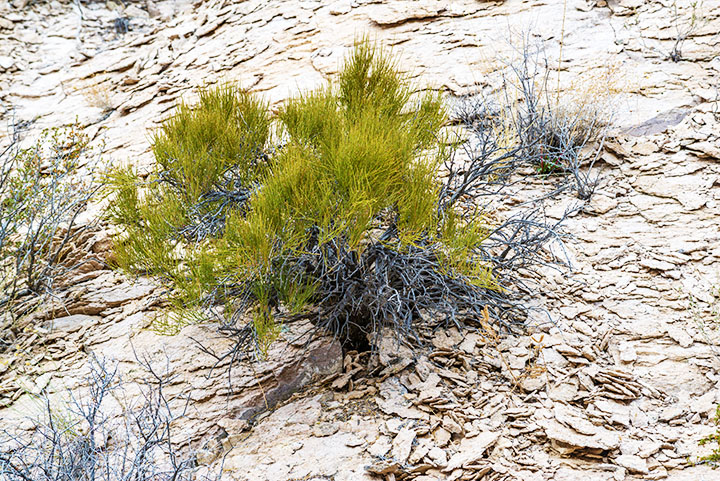
More Questions About The Mysteries Behind These Naked Seed Plants
The plant world, and the gymnosperms within it, continues to challenge scientists and enchant the rest of us. This guide provides the basics, but it’s a topic with roots that run deep into how our ecosystems function. Even today, the search continues to supplement the fossil record as scientists piece together the evolutionary history of gymnosperms. It’s possible that gymnosperms are the ancestor to angiosperms, though more research and discovery are needed.
On the verge of yet another great extinction brought on by human behavior, many species of gymnosperms are on the brink of disappearing. Climate initiatives, sweeping and aggressive, might give us enough time to save the precious ecosystems where various gymnosperms survive and provide further answers in the midst of the mystery that surrounds us.
